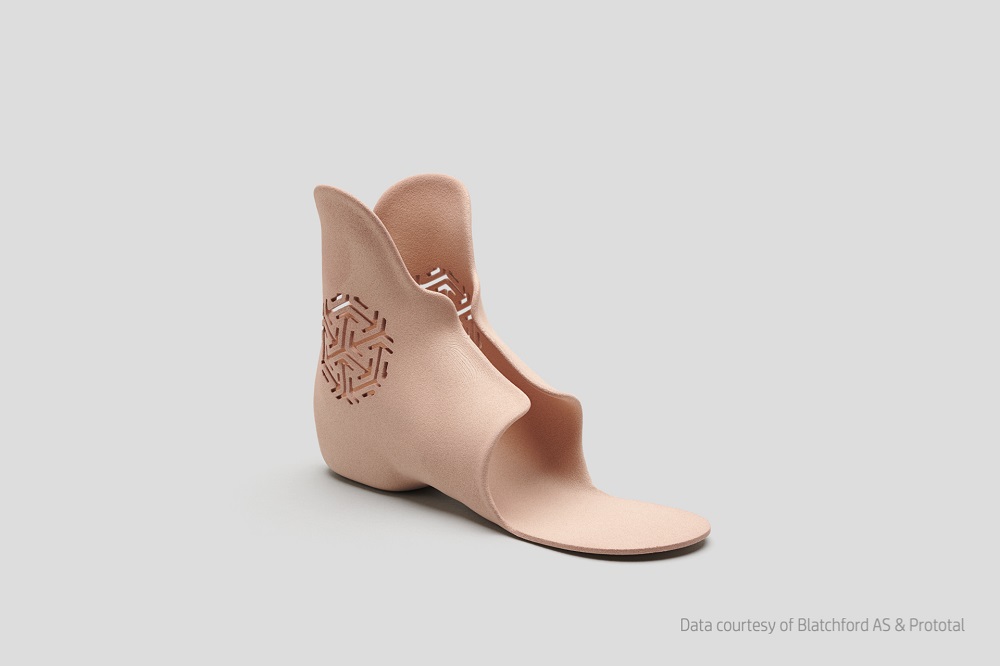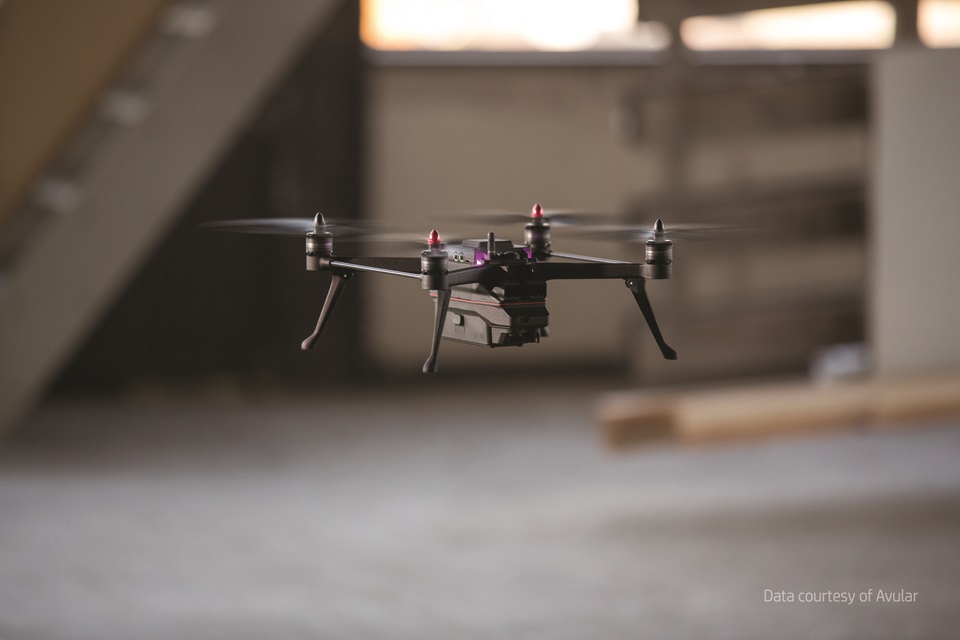Multinational printing firm HP has published a series of use cases that reflect how its 3D printers for manufacturing are increasingly ‘opening new markets’ to service bureaus.
For those making the switch to digital manufacturing for the first time, installing a 3D printer in-house can appear a risky move, with a high initial cost of investment. As such, services that provide customers with access to additive manufacturing technologies, without such a lofty upfront cost, remain in demand across a range of different industries.
From a service provider’s perspective, regularly updating their machinery is key to meeting this demand, and it appears that HP’s digital manufacturing technology is helping many in the industry do just that. Since adopting the firm’s HP Jet Fusion 3D printers for manufacturing, alongside its HP 3D HR TPA elastomer, GoProto says it’s able to create flexible, lightweight parts for new applications, including automotive ducting, athletic equipment, and anatomical medical modeling.

“It’s a game changer for our clients,” explains GoProto CEO Jesse Lea. “Designers and buyers of elastomer parts can expect to get highly usable parts quickly, [parts that are able] to withstand heat and cold as well as chemical resistance, and all at low costs because we can print directly from CAD files with no tooling cost or associated lead times.”
HP Multi Jet Fusion in digital manufacturing
Since introducing MJF in 2014, HP has built out its polymer digital manufacturing offering considerably, and it now covers everything from short-run to volume production needs, with its 4200 Series and 5200 Series machines. The latest of HP’s 3D printers for manufacturing is the 5420W 3D printer. The system is designed to help adopters produce white goods that are ideal for deployment in the healthcare, consumer, automotive, and industrial markets.
Though only launched at Formnext 2022, the 5420W system’s 380 x 284 x 380 mm build volume, 3380.84 cm3/h speed, and 1200 dpi resolution 3D printing capabilities have also made it a hit with a number of service providers. Prototal Industries, for instance, says the digital manufacturing solution is enabling it to consistently print high-quality white goods, with high reliability, and a low cost-per-part.

“Beyond the industrial grade production HP delivers, we are seeing immediate interest in the new white applications made possible by the latest addition to HP’s Multi Jet Fusion family,” says Jan Löfving, CEO of Prototal Industries. “HP continues to provide us with the advancements we need to push the boundaries of additive manufacturing and produce the final parts our customers need.”
“As a proud Digital Manufacturing Partner in HP’s DMN, we are equipped to take on bold, innovative projects and help companies get the most value out of AM production.”
How about metal 3D printers for manufacturing?
Initially, HP’s commercial digital manufacturing portfolio revolved entirely around polymer 3D printing technologies. However, that changed in 2018 with the introduction of HP’s disruptive Metal Jet technology, which was later followed by the long-awaited launch of the HP Metal Jet S100 3D printer at IMTS. Interestingly, the firm’s debut metal 3D printer is designed to binder jet parts from Metal Injection Molding (MIM) materials, rather than relying on traditional spherical powders to do so.
On the cost front, this allows adopters of HP’s metal 3D printers for manufacturing to efficiently 3D print metal parts at scale, but there are other benefits to adopting the technology as well. The Metal Jet S100 operates with HP’s 5,280-nozzle Thermal Inkjet printhead, a device featuring an in-built system that’s said to allow fluids to be applied with precision, in the 3D printing of strong metal parts with great definition.

Those prioritizing accuracy will also be impressed by the system’s ability to address a 1200 x 1200 dpi grid and achieve layers anywhere between 35 and 140 microns thick. Additionally, HP Metal Jet technology’s high voxel resolution is said to allow for the realization of products with fine details, as any defects are suppressed by its four-times nozzle redundancy.
As early adopters of HP’s metal digital manufacturing solution, Parmatech and GKN Powder Metallurgy have already begun using them to open new business opportunities for their customers. At the latter, for example, the technology is being promoted as a way of allowing clients to realize “new design possibilities and freedoms,” before turning them into parts that meet “automotive and industry standards.”
HP’s Digital Manufacturing Network
Both Parmatech and GKN Powder Metallurgy are also part of the HP Digital Manufacturing Network. Cherry-picked based on their end-to-end 3D printing capabilities, each member of this HP digital manufacturing initiative must demonstrate their ability to support production at scale without compromising on part quality, before they’re allowed to join.
Alongside other stalwart manufacturing service providers, including Materialise, Oeschler, Sculpteo, GoProto, and Prototal Industries, HP says that these firms use its technologies to “help accelerate business’ digital transformation,” and enable rapid innovation, faster time-to-market, distributed manufacturing, and a leaner supply chain.
In one such application, Avular has worked extensively with Materialise to develop both prototype and end-use drone parts. Doing so has allowed the firm to rapidly iterate its product, integrating wiring guides, clicking mechanisms, holders, and other hollow areas into their designs, which would otherwise have been impossible to achieve.

“Product development no longer has to be a linear process,” adds Pieter Vos, Marketing Director at Materialise Manufacturing. “Designs can be adapted as they go, which brings them the ability to move their products faster to the market and continuously update and change as they go, and that is a significant advantage over traditional technologies that 3D printing is offering.”
Any questions? Reach out to a HP 3D printing expert here.
This article was sponsored by HP.
To stay up to date with the latest 3D printing news, don’t forget to subscribe to the 3D Printing Industry newsletter or follow us on Twitter or liking our page on Facebook.
While you’re here, why not subscribe to our Youtube channel? featuring discussion, debriefs, video shorts and webinar replays. Are you looking for a job in the additive manufacturing industry? Visit 3D Printing Jobs for a selection of roles in the industry.
Featured image shows ankle orthoses 3D printed on HP 3D HR PA12 W and HP Jet Fusion 5420W 3D Printing Solution (Post- processed) by Prototal.



